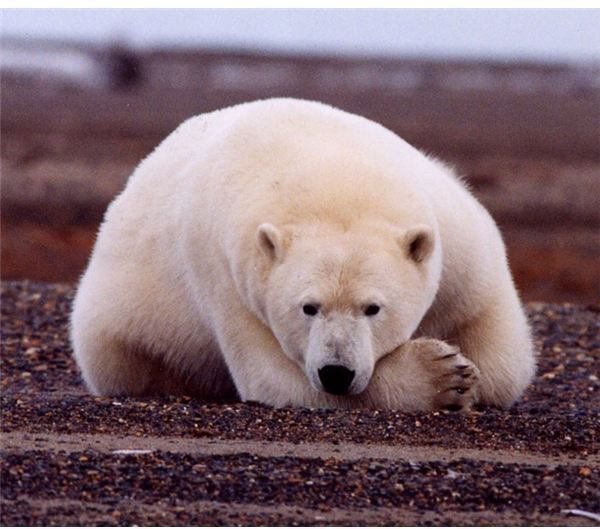About the Polar Bear Species: Habitat, Threats to Endagerment & More
Polar bears are one of the most well-known animals in the world; with their stark white fur, powerful frame, and incredible senses, they are also one of the most remarkable species in a harsh and, to most humans, desolate environment. Tipping the scales at anywhere from a little over a quarter of a ton to three quarters of a ton, they are a perfect example of a top predator. They also are, given the current downward trend in the extent of Arctic summer sea ice, seriously threatened.
Adaptations:
Living and thriving in the Arctic demands adaptation, and the polar bear is no exception to this rule. Take the fur of the polar bear, for instance; rather than solid hairs, polar bears have hollow hairs (air is an excellent insulator) that diffract and reflect sunlight, giving them their snowy hue. This insulating layer works so well that the animals are effectively invisible to thermal imaging cameras. Their highly developed sense of smell allows them to track prey for tens of miles, and they are every bit as comfortable (if not more!) in the water as they are on land- thus, their scientific name: Ursus maritimus.
Prey:
Polar bears prefer seals- for breakfast, lunch, and dinner. When hunting, the bears will wait out the seals at their breathing holes, stalk them in an attempt to get within range of a good lunge, or, when possible, find a den. If opportunity arises, they will also eat beluga whales. When on land, the lean portion of their year, they live off of the fat reserves developed during the winter months.
Habitat:
Polar bears only inhabit the Arctic Ocean and the nations or states that border on it: Canada, Norway, Iceland, Alaska, and Russia. As mentioned above, polar bears practically live in the water and on the sea ice, but they do relocate to the land when the sea ice retreats.
Threats:
Few threats exist to polar bears in their native environment, save humans. In 2007, summer sea ice retreat set a record, and 2008 wasn’t far off that mark. To make matters worse, sea ice thickness and volume are decreasing, as well, all of which bode very ill for the polar bear in the long term, and hunting by humans also threaten the population.
